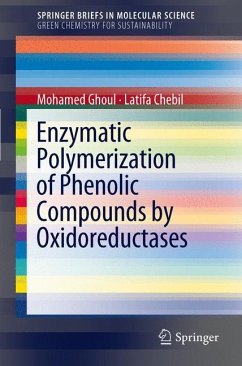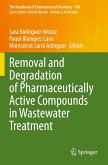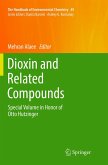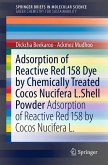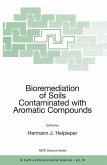The enzymatic polymerization of phenolic compounds has been generating interest in several fields such as food, cosmetics, and pharmaceuticals.
These compounds are employed for their antioxidant properties; however, their use is limited by their low solubility and thermal stability. Polymerization can improve their solubility and their thermal stability though and create new properties which are dependent on the molecular mass and the structure of polymers. The reaction yield, the polydispersity, the molecular mass, the structure and the properties of synthesized polymers can be controlled by the mode of control of the reaction and by the reaction conditions.
Enzymatic polymerization of phenolic compounds by oxidoreductases analyze the processes used and the key factors (temperature, solvent, origin of the enzyme, structure of the substrate, reactor design, ...) which control the polymerization of phenolic species by these oxidoreductase enzymes in order to obtain polymers with desired characteristics and properties.
Hinweis: Dieser Artikel kann nur an eine deutsche Lieferadresse ausgeliefert werden.
These compounds are employed for their antioxidant properties; however, their use is limited by their low solubility and thermal stability. Polymerization can improve their solubility and their thermal stability though and create new properties which are dependent on the molecular mass and the structure of polymers. The reaction yield, the polydispersity, the molecular mass, the structure and the properties of synthesized polymers can be controlled by the mode of control of the reaction and by the reaction conditions.
Enzymatic polymerization of phenolic compounds by oxidoreductases analyze the processes used and the key factors (temperature, solvent, origin of the enzyme, structure of the substrate, reactor design, ...) which control the polymerization of phenolic species by these oxidoreductase enzymes in order to obtain polymers with desired characteristics and properties.
Hinweis: Dieser Artikel kann nur an eine deutsche Lieferadresse ausgeliefert werden.

